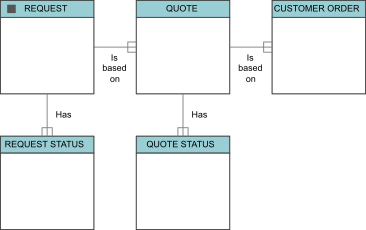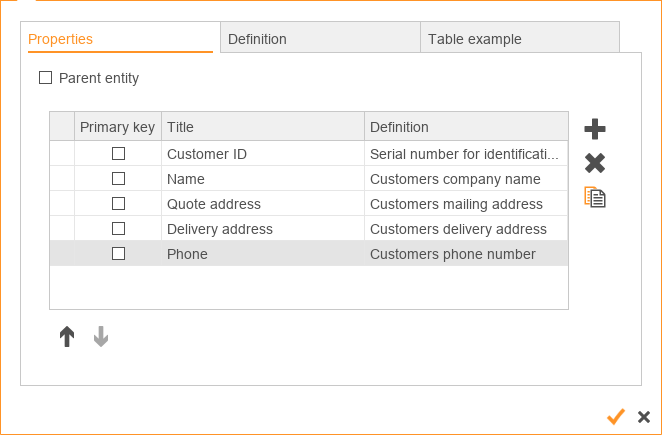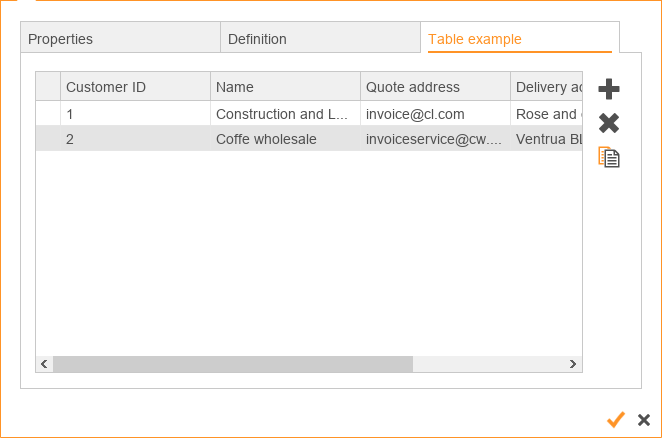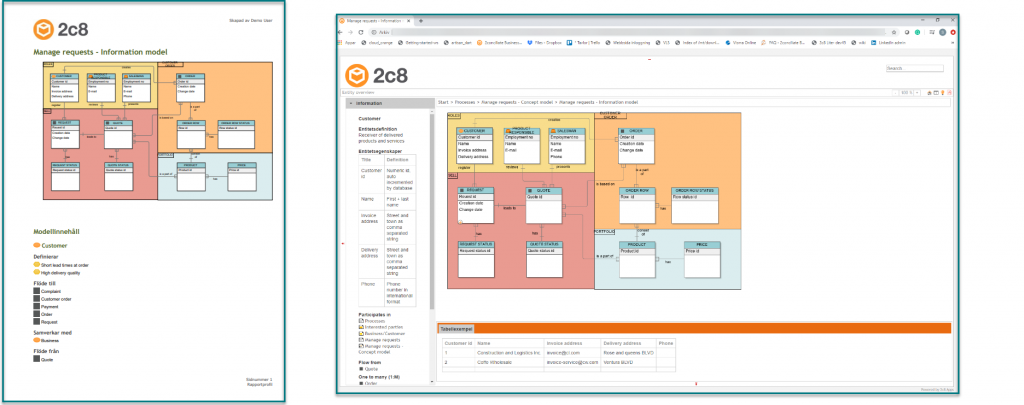
Hi! Want to book a meeting, get an offer or ask a question?

Hi! Want to book a meeting, get an offer or ask a question?

A business is built on and relays on, a huge amount of information. The content of the information varies, all the way from information about customers and employees to information regarding assets and applications. In order to collect and describe the information that the business so desperately relays on, you use what is called an information model. By creating an information model, you gather and make use of the information in your business. Both by managing it and developing it.
Whilst the information model is static, you can see the process model as a flow. The process model is used to show what activities are performed and in what order to create an expected result, also what resources are needed.
In this blog post, we will explain the steps to create an information model based on a process model by reusing the structure and therefore being able to describe the information being handled in the process. In order to create an information model based on a process model, we created a work method:
Based on the process, we want to identify the objects we will bring to the information model. Examples of objects can be people, such as customers, employees, and suppliers, or it can be physical places, such as offices, addresses, a town or a country. The objects can also be our possessions, such as equipment, products, or vehicles. Events like an order, a delivery or a billing occasion are also relevant to bring to the information model.
Click on the image to make it larger.
Once you have identified a number of information objects, it’s time to start sorting and seeing how they relate to each other and whether they can be grouped in any way. A start may be that we distinguish the objects that describe events from the others, the event items often play a central role in the information model.


Once all properties are added to the objects, we can amend with the sample table rows to illustrate how the stored information may look.

As a final result, this may be published to web or printed in reports for further presentation, either separately or together with the processes.
